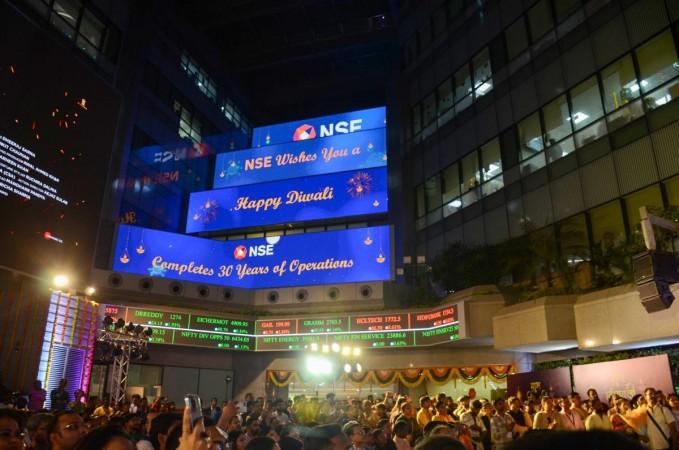PUNE: Goodknight, India’s leading mosquito repellent brand, along with the Indian Academy of Pediatrics (IAP), emphasized the critical role of adopting preventive measures in the fight against mosquito-borne diseases at Maha Pedicon 2024, a major pediatricians conference that took place in Nagpur, Maharashtra. This insight came out as part of a panel discussion organized at Maha Pedicon. The conference, organized by the Indian Academy of Pediatrics (IAP), gathered more than 1300+ pediatricians and child health experts to discuss the future of pediatric care with creativity, collaboration, and care. In addition to addressing critical child health issues like sickle cell, type 1 diabetes, and mobile addiction, the conference also focussed on mosquito-borne diseases and their ongoing threat.
1,83,610 malaria and dengue cases were reported in India until August 2024, according to the National Center for Vector Borne Diseases Control (NCVBDC). The growing threat of vector-borne diseases such as malaria and dengue is no longer confined to the monsoon season, posing a year-round concern for public health, especially among children, who are the most vulnerable. With children being at higher risk due to their developing immune systems, ensuring their protection becomes an urgent priority. Thus, Goodknight collaborated with Maha Pedicon, organized by the Indian Academy of Pediatrics, to highlight the role of pediatricians in raising awareness about preventive measures.
During the discussions on child health, senior pediatricians such as Dr. Nitin Shah, Dr. Vijay Yewale, Dr. Ganesh Kulkarni, and Dr. Surendranath, along with Dr. Reena Bibals, Global Head of R&D (Household Insecticides) at Godrej Consumer Products Ltd (GCPL), participated in a panel to discuss the alarming rise in diseases like dengue and malaria and the importance of adopting safe and effective prevention strategies in households. The discussion was jointly moderated by Dr. Vasant Khalatkar, National President-Elect of IAP, and Dr. Samir Dalwai, Developmental Pediatrician & Senior Member of IAP. The panel discussed essential safety aspects of household insecticide products, including how to identify government-approved, legal, and safe options, as well as best practices for responsible usage to protect family health.
Speaking at the panel discussion, Reena Bibals, Global Head – R&D (Household Insecticides), Godrej Consumer Products Ltd, said,” By collaborating with the Indian Academy of Pediatrics, our initiative has two key objectives. First, to raise awareness amongst households about the use of effective solutions to prevent mosquito-borne diseases. As per a Goodknight survey report, 58% of Indians are very particular about the kind of mosquito repellents they use, we must make them aware of preventive solutions that are available in the market post undergoing due regulatory compliance“.
Reena Bibals further added, “Our second focus is to engage medical professionals to generate awareness of the regulatory compliance and safe use of mosquito repellent products from reliable brands that are available in the market. This will empower them to offer the best preventive care and guidance to their patients. As a category leader, Goodknight is committed to driving these efforts, fostering both better mosquito control solutions and greater awareness of the right preventive measures.”
Dr. Samir Dalwai, a prominent Developmental Pediatrician and Senior Member of the Indian Academy of Pediatrics (IAP) said, “While it affects everyone, children remain the most vulnerable to mosquito-borne diseases. At the same time, rising cases of mosquito-borne diseases also lead to an increased socio-economic burden on households. Hence, prevention is a basic yet vital aspect of tackling mosquito-borne diseases and improving the overall health quotient of the nation. A crucial defense mechanism is to utilize legal and medically approved prevention solutions. Prioritizing prevention and adopting approved solutions ensures that they have undergone rigorous testing, are certified as safe and effective, and allow us to protect ourselves without jeopardizing our well-being.”
The panel of pediatricians opined that preventing mosquito-borne diseases will involve personal protection, environmental control, and community efforts. Key solutions include using insect repellents, mosquito nets, and repellent products like vaporizers. Eliminating standing water to reduce breeding sites and applying larvicides are essential environmental measures. Installing window screens and participating in fumigation campaigns also help control mosquito populations. Public awareness campaigns and the use of certified, safe products ensure effective prevention, while biological controls like introducing natural predators further support long-term management. The panel emphasized that public-private partnerships between the government, institutions, and private sector companies will be essential to reduce the impact of mosquito-borne diseases across India.











